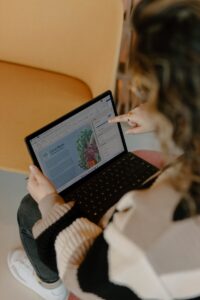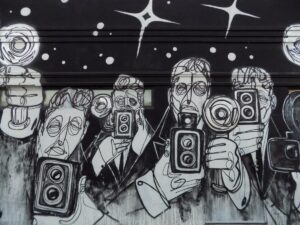
Different amount of assignments in an internship is one of those things that is a struggle currently. As a non profit organization that I am a part of, there are a lot of projects that are ongoing. At first I began a project that was left off by other interns that were in before me. Although they are the work that I am adding on to the previous interns. There are just way more than I expected it to be. Ongoing projects from working with the government, other agencies and clients is what made the internship very lively for me. There were times where I felt overwhelmed with tasks, as my supervisor wanted to branch out different tasks for interns to get their hands on new experiences they might be interested in.
Most of the challenge when it comes to working on different tasks is that there are times where I got confused on the prompt. As I was working on one of the assignments from last week, I defaulted and jumped conclusion and set up the document to the default 8 and a half by 11 for a flyer, when I was actually supposed to be working on a 1080 x 1350 pixels for a social media post. When I am on Zoom, there are times other interns and the supervisor would ask me how I am doing. Along the lines they would be confused, or I would be confused on explaining what I am producing. As it is confusing on which task I was working on for them to keep track of. There were instances where I had to stop what I was doing for the day and produce a quick invitation for one of the interviews that was going to happen during the day.
What it really comes down to is the priorities that the assignments hold. Most of the assignments that are assigned to me, aren’t actually due soon. But occasionally there are moments where they request something that needs to be done within a day or two days. The experience gives me a better understanding of valuing the balance of the workflow that is offered in one work environment.











